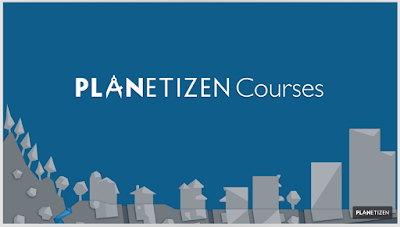
"Long traditionally a region that prides itself on transportation options and rejecting the freeway movement in the 1960's and 70's (still the only major city in North America that boasts no freeways within its core) what Vancouver has done is set an impressive goal to have at least two-thirds of all trips by sustainable ways by 2040."
















































